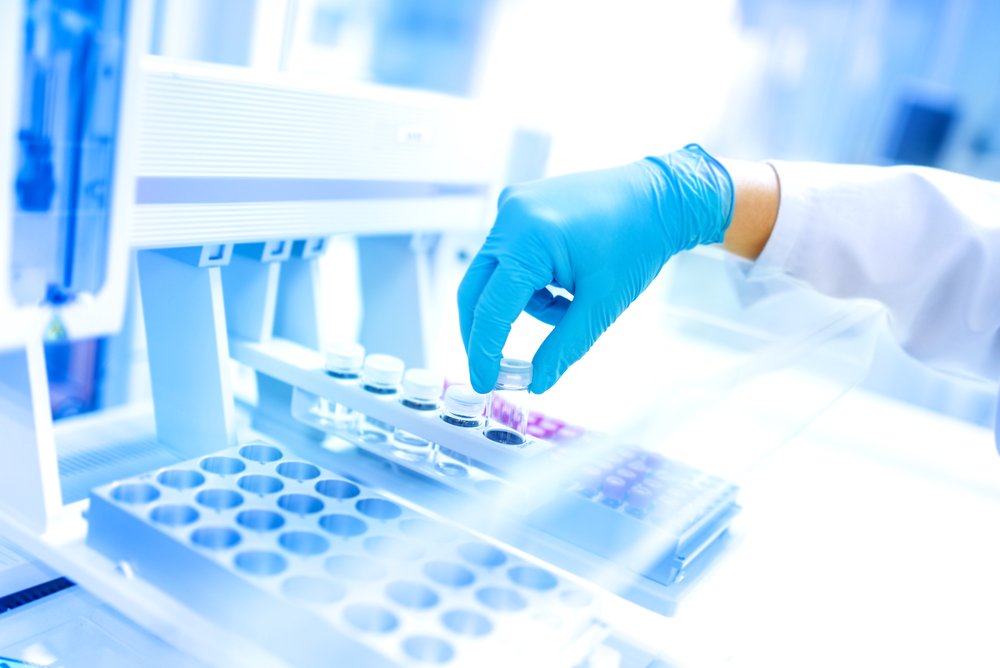Genistein Promotes Clearance of Mutant Huntington’s Disease Protein, Study Shows

Genistein, a potent stimulator of cells’ natural “cleaning system” was able to reduce the levels of mutant huntingtin protein in skin cells from Huntington’s disease patients, a study has found.
The study, “Genistein induces degradation of mutant huntingtin in fibroblasts from Huntington’s disease patients,” was published in the journal Metabolic Brain Disease.
Huntington’s, like Alzheimer’s, Parkinson’s, and amyotrophic lateral sclerosis (ALS), is a proteinopathy, meaning it is characterized by deposits of abnormal proteins in the brain. In the case of Huntington’s, the aggregates are formed by mutated forms of the huntingtin protein (HTT).
Although no effective treatments are available, previous studies have suggested that stimulating cells’ natural “cleaning system,” known as autophagy, is a potential approach to treat Huntington’s disease.
Healthy cells use autophagy to rapidly remove toxic protein aggregates. However, current autophagy stimulators are unfit for long-term treatment of neurodegenerative diseases.
Genistein is a potent autophagy inducer and a potential therapy for neurodegenerative diseases like Huntington’s because it is able to cross the blood-brain barrier — a highly selective membrane that shields the central nervous system (brain and spinal cord) from general blood circulation. Genistein has also been found safe when administered at high doses (150 mg/kg/day, for example) for several months to animals and humans.
Researchers have now tested the efficacy of genistein in skin cells called fibroblasts, collected from four Huntington’s patients and four sex-matched controls without the disease. Although Huntington’s disease primarily affects the brain, the mutant HTT (mHTT) protein is present in other cells of the body. Huntington’s fibroblasts, a type of cell that produces the “glue” that keeps cells and tissues together, mimic several of the cellular dysfunctions seen in nerve cells from Huntington’s patients.
Researchers compared control fibroblasts with those from Huntington’s patients and looked at the distribution of HTT protein using an antibody that attaches to it and is tagged with a fluorescent marker.
In control cells, HTT was uniformly distributed, but in Huntington’s fibroblasts, it was found in multiple mHTT aggregates.
The team then treated the cells with genistein in three different concentrations — 30 uM, 60 uM, and 100 uM — for 48 hours. While genistein had no significant effect on control cells, in Huntington’s fibroblasts, the load of mHTT aggregates was reduced significantly and in a dose-dependent manner.
At the highest genistein concentration, the HTT fluorescent signal in Huntington’s fibroblasts was similar to that of control cells. This was confirmed by another analysis in which the researchers measured the total load of HTT protein and saw that at 60 and 100 μM of genistein reduced HTT protein levels to those seen in control cells.
“These results provide a rationale for further studies aimed at developing genistein-based therapy for [Huntington’s disease] and possibly other neurodegenerative disorders,” the researchers concluded.






